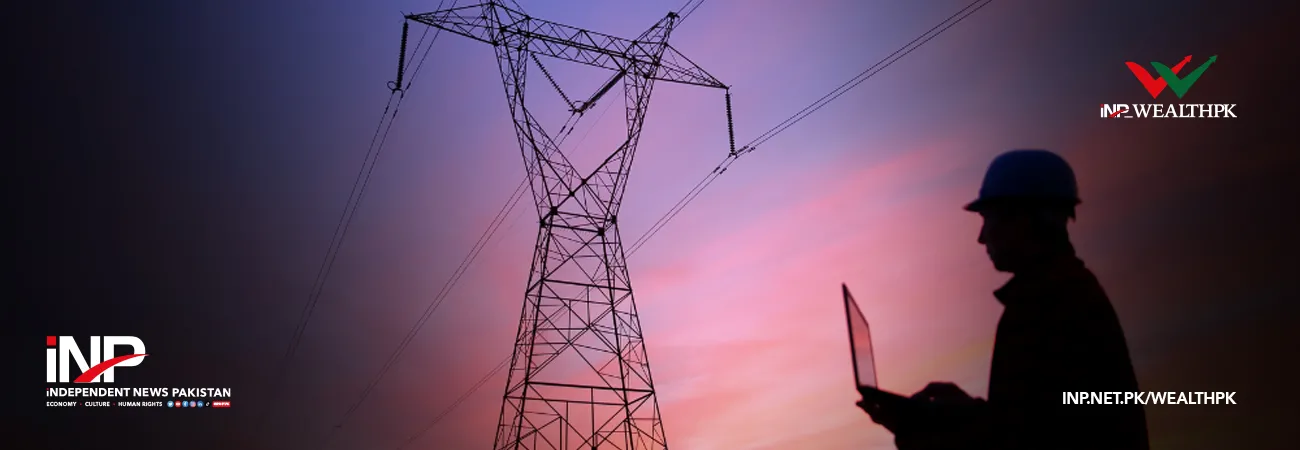INP-WealthPk
Amir Saeed
The Competitive Trading Bilateral Contract Market (CTBCM) in Pakistan may fail to achieve its intended reforms unless crucial structural issues in the energy sector are addressed.

Talking to WealthPK, Shafqat Hussain Memon, an energy researcher at Mehran University of Engineering & Technology, warned that CTBCM, heralded as a game-changer for Pakistan’s power sector, risks becoming an unfulfilled promise due to structural barriers, particularly without establishing a justifiable wheeling cost. He stressed that the lack of competitive and commercially viable wheeling charges for business-to-business (B2B) agreements undermines the core principle of a competitive electricity market.
“The Pakistani energy sector is plagued by deep-rooted inefficiencies, with circular debt amounting to Rs2.6 trillion and average wheeling charges at Rs27.16/kWh, significantly hampering market participation,” he noted. “When wheeling charge is designed in such a way that it tries to cover stranded costs or cross-subsidies, it will not be viable nor accepted. The industry is already moving away from the grid due to uncompetitive tariffs, even without power wheeling charge, placing additional burdens on remaining consumers.
Therefore, wheeling charges must be justifiable mirroring market realities,” he emphasised. Memon said that systemic inefficiencies, lack of transparency, and regulatory inertia perpetuate high costs and hinder market entry. “For CTBCM to be successful, a robust and transparent regulatory framework is essential to ensure fairness, efficiency, and investor trust.” The energy expert warned that without addressing these structural issues and upgrading and modernising the power grid network, CTBCM may remain an ambitious concept that fails to deliver the competitive reforms necessary for a resilient and efficient energy market.
Dr Shahid Rahim, a freelance consultant specialising in sustainable energy system planning and development, highlighted the urgent need for regulatory reforms within the energy sector. Speaking to WealthPK, he advocated for establishing a transparent tariff-setting methodology, which should be applied annually by a qualified agency within either the Ministry of Energy or Finance. “The primary objective of this approach would be to ensure financial viability by recovering capital costs necessary for servicing existing debts.”
Furthermore, Rahim emphasised the importance of implementing mechanisms to monitor service quality, merging tariff regulation with oversight of state-owned enterprises to enhance accountability. He highlighted that a vertically integrated power system may be easiest to manage while laying strong foundations for the sector. However, he also recognised the potential benefits of allowing private sector participation in generation through supply contracts with utilities, suggesting that this could significantly contribute to capacity expansion.
Nonetheless, he recommended restricting private sector involvement to the generation segment at this stage, urging a focus on improving governance and management practices within the distribution system. Rahim emphasised that the only relevant form of competition at this stage is likely to be competition for the right to build new generation plants. He stressed the critical need for developing the technical capacity necessary for least-cost planning to determine which plants should be constructed, ensuring that these efforts are linked to a competitive procurement process. “Additionally, some benefits typically associated with a competitive market could be emulated through administrative practices like economic dispatch.”
Credit: INP-WealthPk













